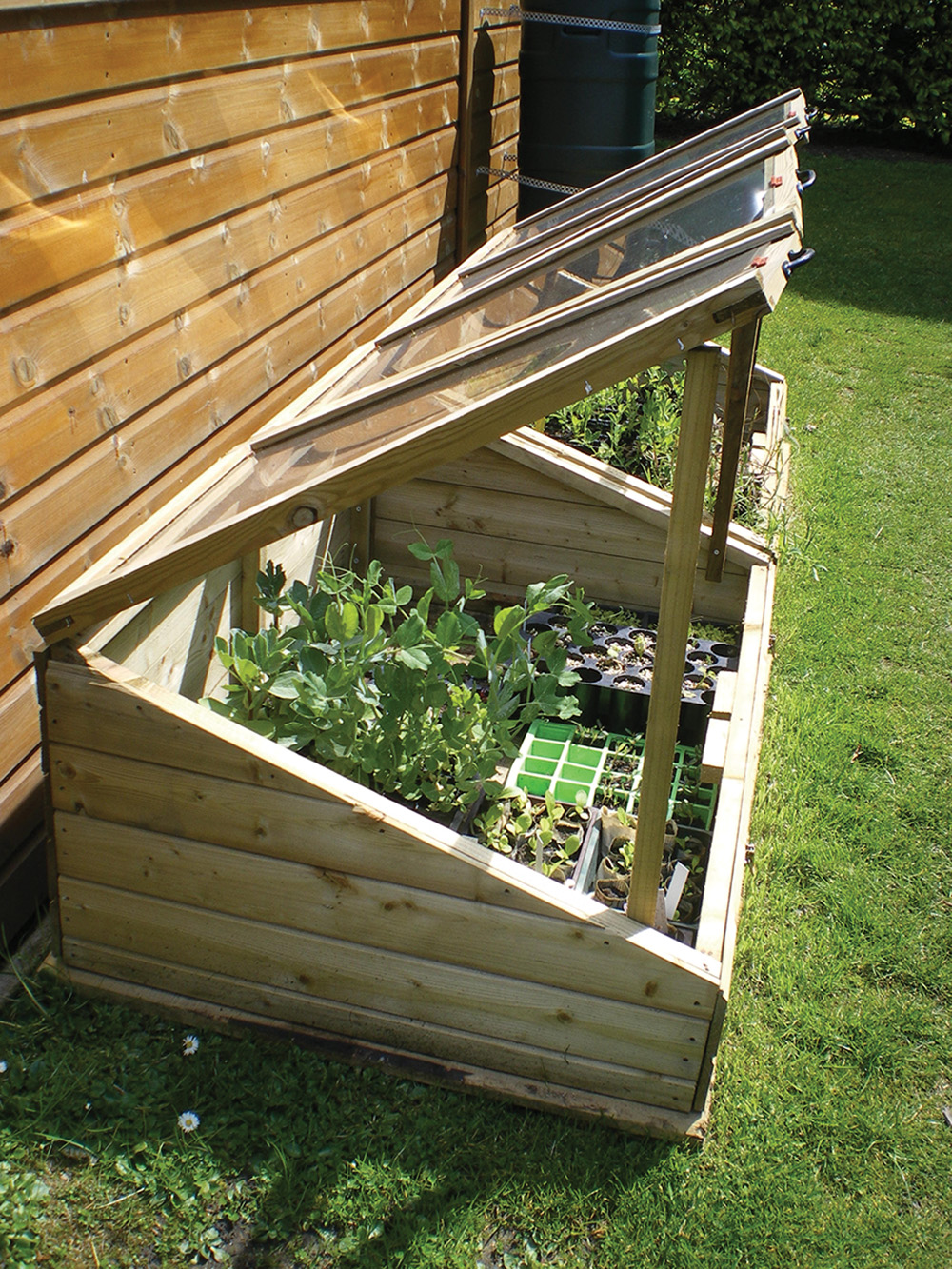Cold frames offer opportunities for year-round gardening
 One thing we have plenty of here in Alabama is sunlight, and while it may seem like too much of a good thing during the summer, it’s a valuable fall and winter resource for gardeners, especially those who know how to harness its warming rays to extend the length of their growing season.
One thing we have plenty of here in Alabama is sunlight, and while it may seem like too much of a good thing during the summer, it’s a valuable fall and winter resource for gardeners, especially those who know how to harness its warming rays to extend the length of their growing season.
Sunlight is, of course, vital for photosynthesis, but it also helps protect plants from cold temperatures by warming the air and soil around them. Greenhouses, hoop houses (also known as high and low tunnels) and row covers are often used by larger-scale growers; however, because these structures tend to require more space, installation effort and investment in materials, they are not always suitable for home gardeners.
Cold frames, on the other hand, are versatile little greenhouses that can be easy and fun to install and then used for starting seed, hardening off seedlings, extending the growing and harvest season of a variety of food crops and protecting dormant or tender plants and cuttings from cold weather.
At their basic level, cold frames are simply low-lying, enclosed spaces that are either sunk into the soil or filled with a growing media and then covered with transparent roofing that allows sunlight to radiate in and warm the air and the growing media inside the enclosure.
 Ready-made cold frames can be purchased at many garden centers or online (prices range from less than $50 to more than $400); but they are also easy do-it-yourself projects that can be built using inexpensive (or practically free if you use recycled items) materials such as lumber, hay or straw bales, cinderblocks and old bricks for the enclosed area then top that with plastic sheeting, Plexiglass or old windows and storm doors. Like so many things in the garden, the options are as unlimited as your imagination and pocketbook.
Ready-made cold frames can be purchased at many garden centers or online (prices range from less than $50 to more than $400); but they are also easy do-it-yourself projects that can be built using inexpensive (or practically free if you use recycled items) materials such as lumber, hay or straw bales, cinderblocks and old bricks for the enclosed area then top that with plastic sheeting, Plexiglass or old windows and storm doors. Like so many things in the garden, the options are as unlimited as your imagination and pocketbook.
Looking for ideas and inspiration or plans for building a cold frame? Check out the plethora of ideas online or at your local garden center, library and Alabama Cooperative Extension Service office. Or ask your experienced gardening friends for advice. They might just have a cold frame in the yard to show you.
As easy as they are to build, however, there are a few things to keep in mind as you install a cold frame. Here are the main considerations.
Ideally, a cold frame should be located in an area protected from strong winds, preferably against or near a wall with southern or southwestern exposure.
- The growing media inside the cold frame should be rich in plant nutrients, debris-free and well-drained. Consider soil testing it to make sure it meets the needs of the plants you’re growing.
- Lumber to build the enclosure should be creosote-free; try to use woods that are naturally weather and rot resistant, such as cypress and cedar. Lumber can, however, be treated with a non-toxic wood preservative or stain.
- A cold frame’s transparent cover should be either hinged or removable so that it can easily be opened to regulate temperatures, improve ventilation and allow easy access for planting and harvesting.
- An inexpensive garden thermometer, which can cost as little as few dollars depending on how fancy you want to get with the technology, is a worthwhile investment for a cold frame to monitor temperatures inside the enclosure.
By following these basic guidelines (and your inner do-it-yourself muse), you can have one or more cold frames ready in no time this fall. And if you already have a cold frame or decide to build one, tell me about it (and send a picture) by emailing me at [email protected]. I’d love to see what you’ve created!
Speaking of emails, several astute readers noticed that the fruit pictured in last month’s column as a pawpaw was actually a papaya. To learn more about pawpaws (and see photos of them) check out the North American Pawpaw Growers Association at https://ohiopawpaw.com or on Facebook at www.facebook.com/NorthAmericanPawpawGrowers.
Katie Jackson is a freelance writer and editor based in Opelika, Alabama. Contact her at [email protected].




